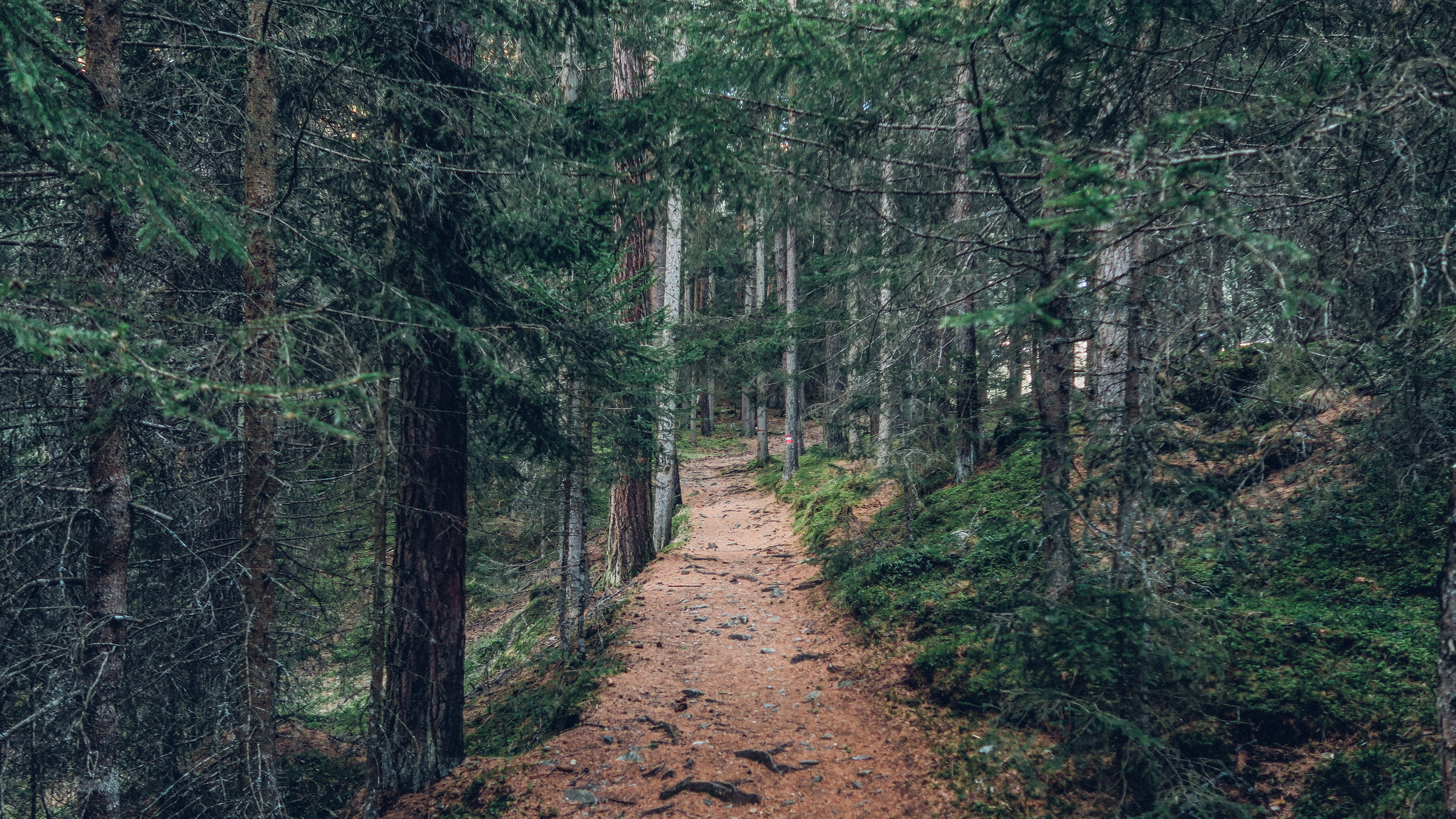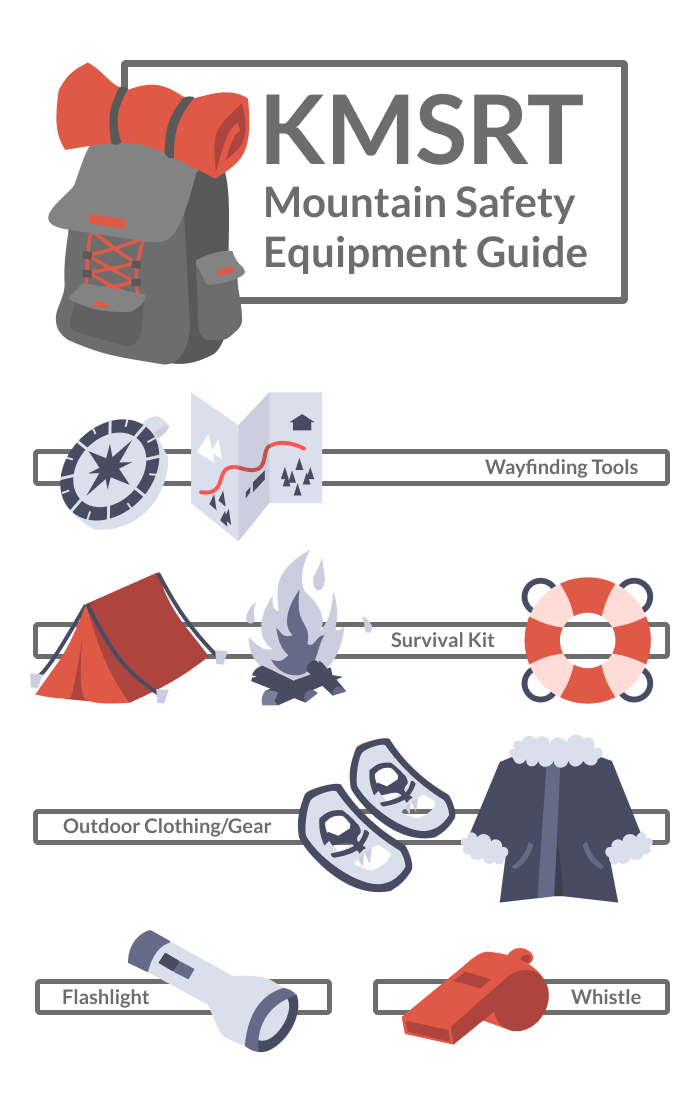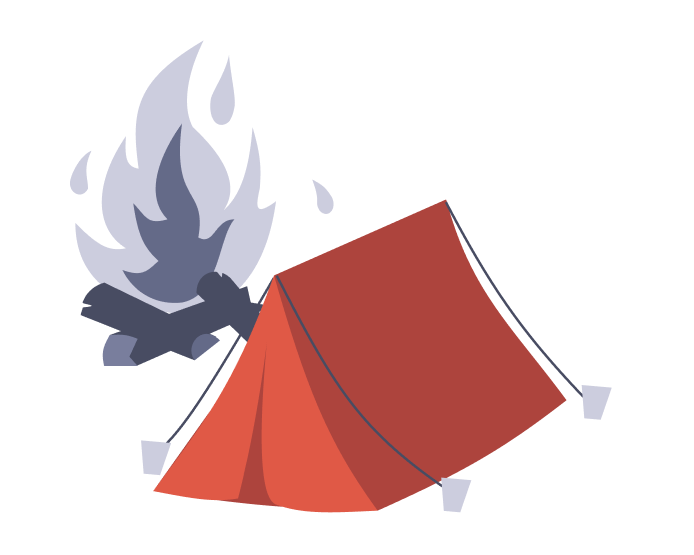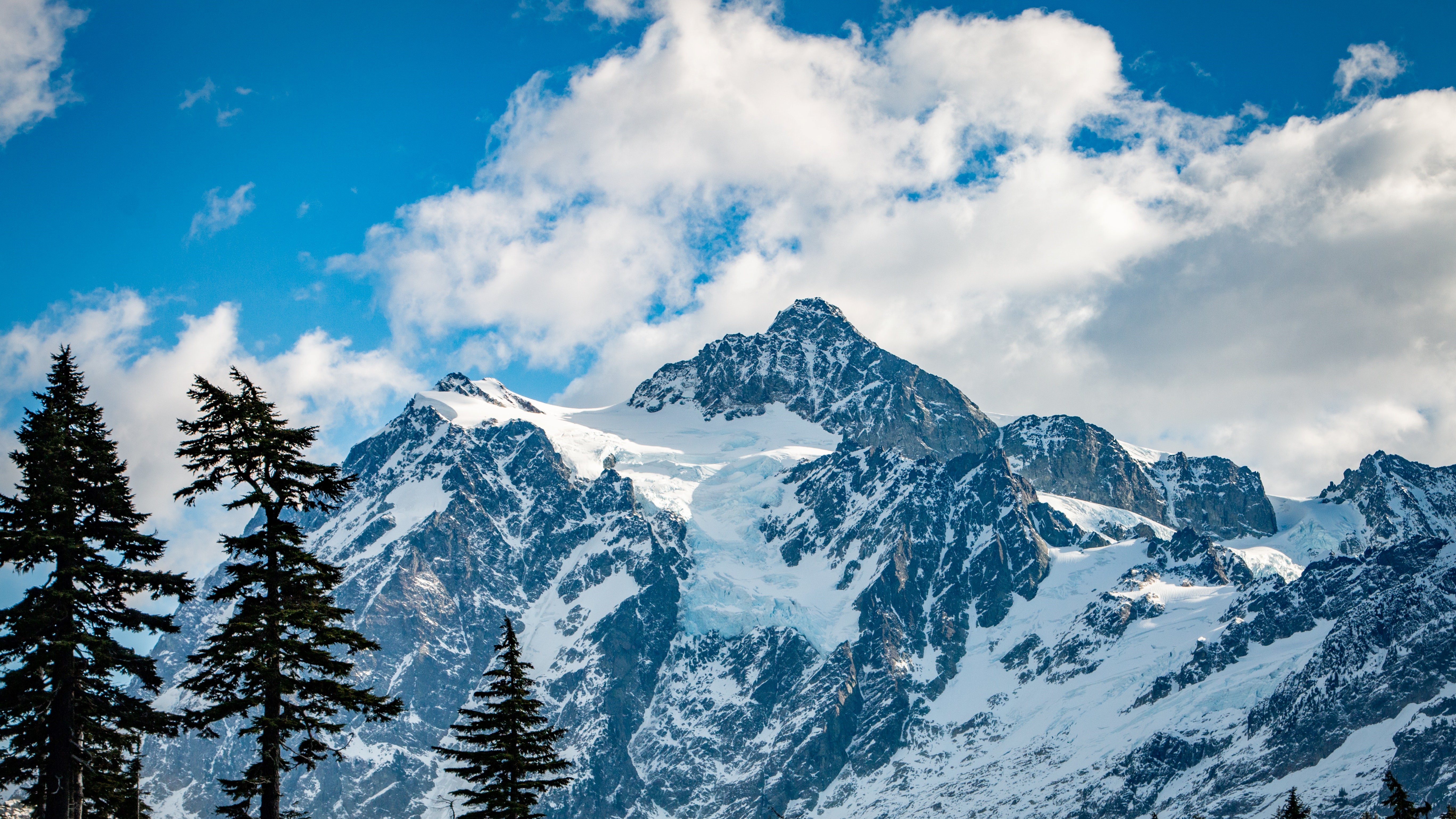Important notes to prepare for survival:
To help improve your chances of staying safe if you get lost, there are some considerations you must take before arriving at the mountains.
Equipment:
Having the right equipment on you can be the difference between life and death in the mountains. Depending on the situation, you will want to make sure you bring the right tools with you.
To best prepare yourself for surviving in the mountains, you should at least bring:
- A compass and map of the area. This is important for finding your way if you get lost.
- A survival kit containing essentials for shelter, fire, signaling and water purification.
- Proper clothing, especially clothing that won’t get you wet to prevent hypothermia
- Proper walking equipment to provide traction wherever you go, i.e, mountain boots, or if you find yourself in a snowy environment, snowshoes.
- Flashlight or portable light source.
- A whistle.
Having these tools ensures the best survivability in the mountains, and helps ensure people can find you safely.
Having all the equipment necessary to help you survive is useless without understanding how to use them. Not everyone has the time and resources to get proper survival training, however familiarizing yourself with the steps and practicing them beforehand will increase your chances of survival.
Travel in a group:
If possible, never travel in the mountains alone. Unavoidable accidents happen, and having another person with you can help you survive these accidents. If a situation arises and you are unable to travel with another person, let somebody know beforehand where you are going and when you plan to return. If you find yourself lost in the mountains, they will be able to contact local authorities and they will be able to find you easier.






